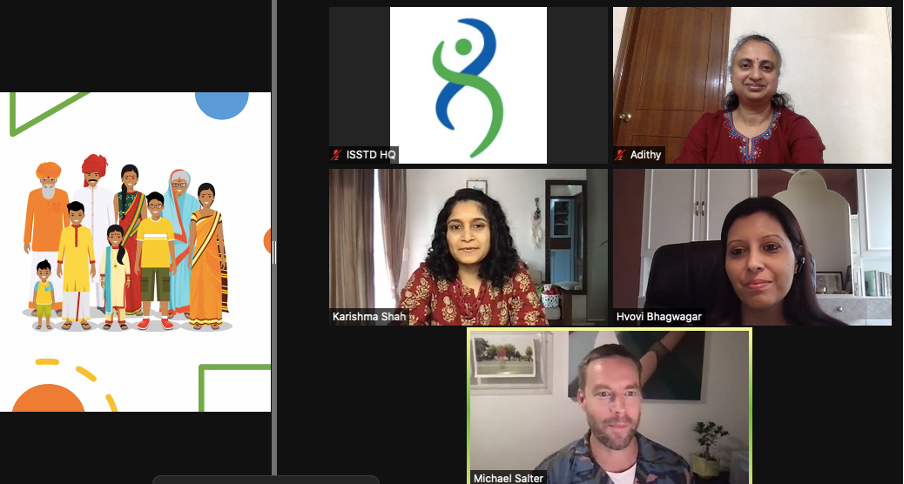ISSTD had to postpone its planned in-person Australia-New Zealand Regional Conference, which was to be held in Melbourne in 2021, due to COVID. Not to be deterred, the Conference Committee channeled its energy to organizing ISSTD’s first ever Asia-Pacific Conference, held virtually in November 2021. With the support of ISSTD Staff and the Board, they managed to turn the disappointment into an opportunity as they put together an innovative conference, full of rich content from the region.

After the opening ceremony, the first presentation highlighted the presence of dissociation in the Chinese context. It was followed by a presentation chronicling the published literature on dissociation from Asia. A presentation on stolen children of Timor Leste had heart-wrenching stories of mass trauma and showed heart-warming efforts of re-unification by dedicated organizations. Then, the design and impact of an innovative one-stop trauma recovery centre for women with trauma in Australia brought a lot of hope.
One of the innovative clinical methods presented at the conference was the APEX© model for treating non-suicidal self-injury which encourages clinicians to explore the specific personal purpose of self-injury and help find alternatives. Another innovation, the Sleeping Dogs method, described how mental health workers can lower the barriers in order to bring effective healing for traumatized children.
There was a variety of social events that interspersed the academic presentations in the two days. There were morning sessions of yoga. Poets from various parts of the world read their works, which resonated deep in the soul. An ISSTD membership meeting highlighted the many benefits of joining ISSTD. We were treated to a creative launch of the book ‘Missing persons bureau’. We also had our own in-person cum virtual ‘Create and Connect’ event where we expressed through art and poetry our experiences and discoveries through the COVID times.
In-depth exploration of shame through individual and group work was presented on the second day. A powerful presentation explored the role of activism, including through visual storytelling, in the healing for Australia’s First Nations. A specific form of trauma sensitive yoga as an intervention for complex trauma was then presented. A case-series from India illustrated the family dynamics in complex trauma and dissociation and explored interventions appropriate for the culture.
The conference had a balance of research, clinical and psychosocial innovation, social justice, in-depth exploration, self-care and community connection, and was very inspiring!
Participation in this conference touched me in many ways. I am happy to have been a participant, co-presenter and a member of the organizing committee. I hope you will check out the presentations in ISSTD’s Online Learning Center when they become available

